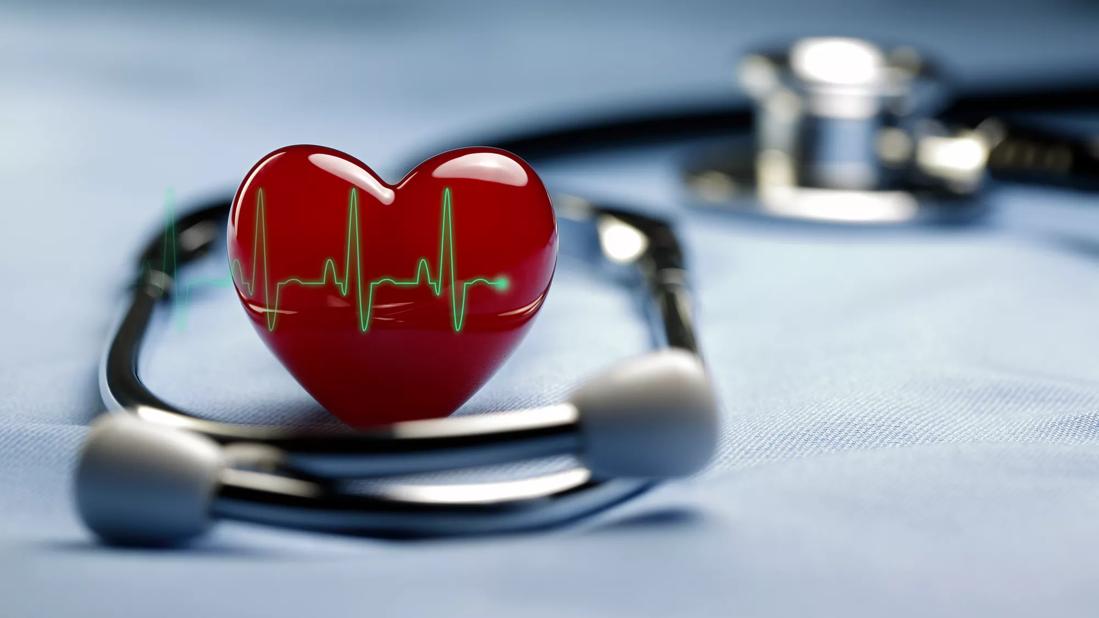Heart groups prioritize procedures, share advice on use of telehealth

Clinical guidance for practice during the COVID-19 pandemic is now at hand for cardiac electrophysiologists, courtesy of a new joint guidance document from the Heart Rhythm Society, the American College of Cardiology and the American Heart Association co-published in Heart Rhythm and Circulation.
Advertisement
Cleveland Clinic is a non-profit academic medical center. Advertising on our site helps support our mission. We do not endorse non-Cleveland Clinic products or services. Policy
“The aim of the document is to address numerous issues facing electrophysiologists and other healthcare providers managing arrhythmias during the pandemic,” says guidance co-author Mina Chung, MD, a staff cardiologist in Cleveland Clinic’s Section of Pacing and Electrophysiology.
Dr. Chung emphasizes that the document is not a guideline, given the dearth of evidence and the rapid evolution of knowledge about COVID-19. Moreover, some of the advice might become less applicable as conditions shift and restrictions are eased. “Institutions have to be watchful, which they are, and agile, which they’ve been, to follow the situation,” she says.
The document begins by describing potential risks of exposure to patients, allied healthcare staff, industry representatives and hospital administrators, as well as the impact of COVID-19 on cardiac arrhythmias. A subsequent section addresses methods of patient triage based on screening and availability of personal protective equipment (PPE).
Guidance for managing invasive and noninvasive electrophysiology procedures, clinic visits and cardiac device interrogations includes a ranking of procedures in categories of urgent/nonelective, semi-urgent and nonurgent/elective, with advice to limit clinic visits and in-person cardiac implantable electronic device (CIED) interrogation to cases considered time-sensitive or urgent.
Examples of urgent/nonelective procedures would be ventricular tachycardia (VT) ablation for a medically uncontrolled electrical storm in a hemodynamically compromised patient or a lead revision for malfunction of a CIED in a patient dependent on the device.
Advertisement
Semi-urgent procedures include, for example, VT ablation for medically refractory recurrent VT or, in a patient with a CIED, generator replacement for “elective replacement indicator” battery status.
Examples of nonurgent/elective procedures include ablation of premature ventricular complex or supraventricular tachycardia in stable patients, as well as placement of an implantable cardioverter-defibrillator for primary prevention.
“There was quite a bit of discussion about these categories on the task force because there are always exceptions,” Dr. Chung explains. “It depends on clinical judgment of risks and benefits.”
She also notes that PPE was anticipated to be in much shorter supply when the guidance was written — in March — than it may be now in some places, though attention to conservation of PPE remains important as stay-at-home orders relax with the possibility of secondary surges. The document can serve as a guide for ramping back up as well, with the addition of more semi-urgent procedures over time as restrictions are eased.
Latter sections of the document discuss remote device monitoring, resource conservation and personnel training; telemedicine and digital health paradigms; and management strategies for patients who have COVID-19. Several helpful figures outline guidance for triaging procedures and steps for minimizing COVID-19 exposure for electrophysiology teams and patients in both inpatient and outpatient settings.
Physicians are urged to familiarize themselves with federal, state and local policies and regulations for use of telehealth, as well as those of their own institutions. At the start of shelter-in-place orders, federal rules were temporarily eased to allow for use of a broader array of audio and video platforms, which could benefit the field of electrophysiology specifically, Dr. Chung notes.
Advertisement
“We included information about using remote monitoring and telehealth, which is pretty widespread in our subspecialty because we have a lot of implanted devices and people with ambulatory monitors,” she explains. “Those kinds of factors make telehealth easier than in some subspecialties.”
At the same time, there is concern about patients deciding on their own not to come in for appointments for fear of contracting COVID-19. “People may be out there having symptoms and staying in atrial fibrillation a little longer than they otherwise would, which may risk putting them into heart failure,” says Dr. Chung. “That’s one of the situations in which we would encourage getting the problem taken care of. It really requires a fair amount of clinical judgment, risk-benefit balancing and shared decision making.”
Dr. Chung is now part of another writing team comprising multiple international heart rhythm societies to develop guidance specific to arrhythmia monitoring during and after a pandemic. That effort is being chaired by another Cleveland Clinic electrophysiologist, Niraj Varma, MD, PhD, with publication expected in May.
Advertisement
Advertisement

Patients report improved sense of smell and taste

Clinicians who are accustomed to uncertainty can do well by patients

Unique skin changes can occur after infection or vaccine

Cleveland Clinic analysis suggests that obtaining care for the virus might reveal a previously undiagnosed condition

As the pandemic evolves, rheumatologists must continue to be mindful of most vulnerable patients

Early results suggest positive outcomes from COVID-19 PrEP treatment

Could the virus have caused the condition or triggered previously undiagnosed disease?

Five categories of cutaneous abnormalities are associated with COVID-19